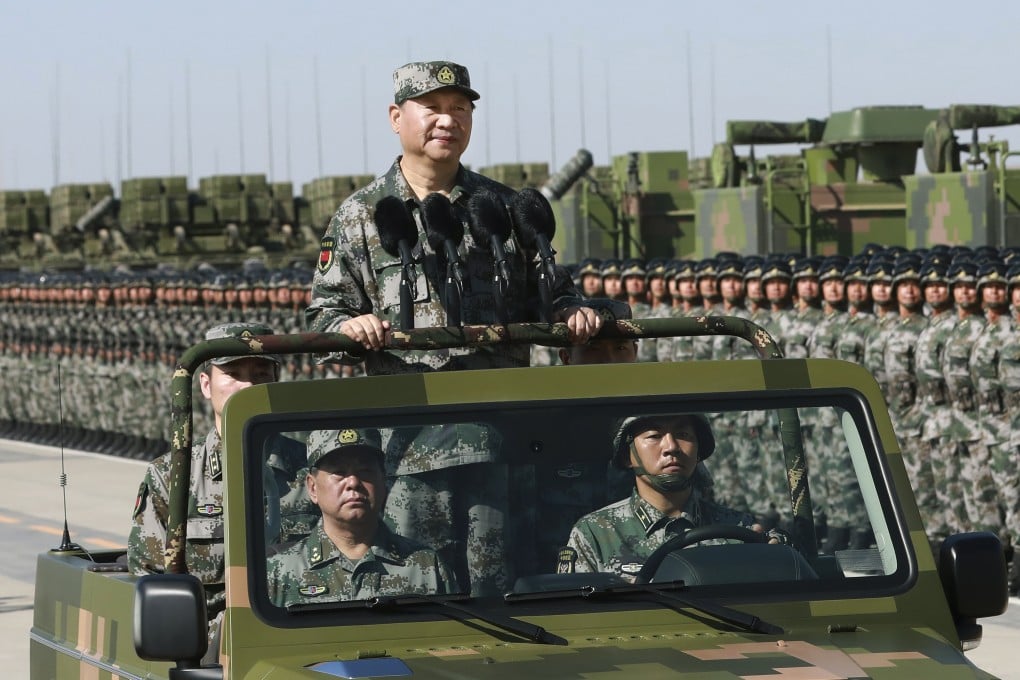Advertisement
China’s military ‘gets final say on weapons’ with new combat-readiness rules
- Orders directed at Chinese armament firms designed to improve the testing and assessment of equipment in the drive for upgraded forces: experts
- New regulations come as Xi demands the military be ‘capable of fighting and winning wars’ and as the PLA faces immense challenges in the region
Reading Time:3 minutes
Why you can trust SCMP
39

China has unveiled new rules to ensure the People’s Liberation Army has a direct say on the design, testing and assessment of weapons systems, according to military experts.
The changes, announced last weekend and endorsed by Central Military Commission chairman Xi Jinping, are part of a bigger, years-long push to overhaul the armed forces and create a modern, combat-ready military.
“The main purpose of the regulations is to let the PLA make the final decision, because they are the weapon consumers,” said Zhou Chenming, a researcher from the Yuan Wang military science and technology think tank in Beijing.
Advertisement
“That means the PLA will take the initiative to test and assess new weapons and equipment, and even has the right to take part in the development of new weapons.”
The regulations raised performance and quality requirements for new weapons and equipment development.
Advertisement
Advertisement
Select Voice
Choose your listening speed
Get through articles 2x faster
1.25x
250 WPM
Slow
Average
Fast
1.25x
